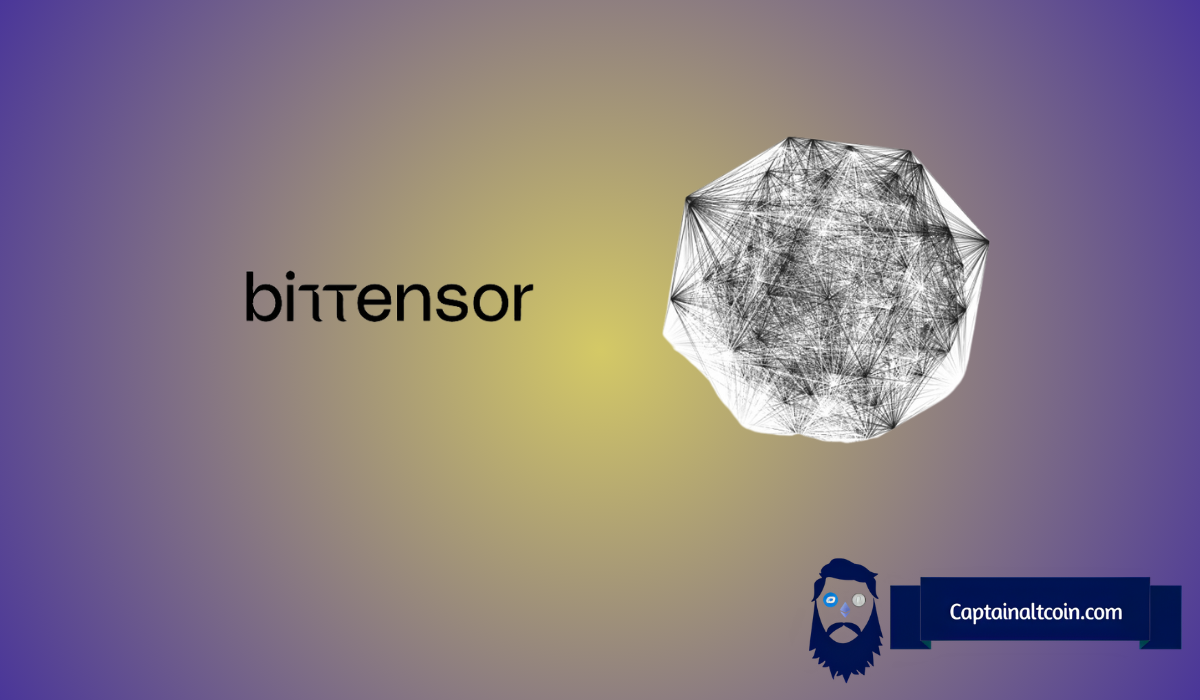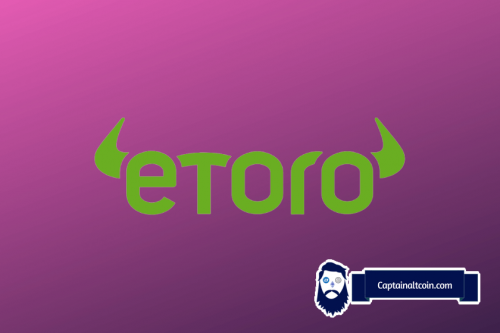
CryptoReviewing just released a viral thread on X to his 85k followers on $TAO’s potential in the next few years. The Bittensor price is up 6% today, now trading at $259.
At its core, Bittensor represents a fundamental shift in how AI systems are built and operated. Unlike the closed ecosystems controlled by tech giants like OpenAI or Google, Bittensor creates a global network where thousands of AI models work together in an open-source, decentralized environment.
What makes this system work is the $TAO token, which serves as the incentive mechanism. Contributors who provide valuable AI capabilities to the network earn $TAO tokens as rewards. This creates a peer-to-peer collaborative system rather than the typical corporate-controlled AI model we’ve grown accustomed to.
The network’s architecture allows AI models to interact and collaborate, forming a neural network on a massive scale. This design enables innovations to emerge organically from many contributors rather than being directed by a single corporate entity.
What you'll learn 👉
Subnets: The Building Blocks of the Ecosystem
One of Bittensor’s most powerful features is its subnet structure. These specialized mini-networks function as modular branches within the main Bittensor ecosystem, each focused on specific AI tasks and capabilities.
Some subnets concentrate on text generation (similar to what ChatGPT does), while others handle image-related tasks, code writing, or model training and fine-tuning. With over 93 subnets already active and more developing, this modular approach gives Bittensor remarkable flexibility and scalability.
This design means the network can continuously evolve as new AI needs emerge. Instead of requiring centralized planning and development, Bittensor can grow organically in response to user demands and technological advances.
The AI industry is set to explode to a mind-blowing $2 Trillion by 2030. $TAO / @opentensor is one of the top projects to watch.
— CryptoReviewing (@CryptoReviewing) April 18, 2025
Here's why the potential is INSANE: 🧵 pic.twitter.com/0C8q9Oeld6
Bitcoin-Inspired Tokenomics
$TAO’s economic model borrows directly from Bitcoin’s playbook with a maximum supply capped at 21 million tokens. This deflationary structure positions $TAO as both a potential store of value and the fuel that powers the network’s intelligence.
Where Bitcoin rewards miners for securing the financial network through proof-of-work, Bittensor implements what could be called “proof-of-intelligence” – rewarding nodes that provide genuinely useful AI contributions to the ecosystem.
This fixed-supply model avoids the dilution problems that plague many cryptocurrencies and creates strong long-term incentives for contributors to the network.
Read also: Bittensor (TAO) Finally Breaks Out: Is This the Start of a Major Upside Move?
Meritocratic Reward System
The network’s incentive structure is designed to reward performance. AI models that deliver the most useful, accurate results earn more $TAO, creating a competitive environment that drives continuous improvement.
This meritocratic approach ensures that contributors focus on creating genuinely valuable applications rather than simply mining tokens. The better your AI performs in solving real problems, the more rewards you receive.
This system naturally promotes ongoing model improvements, healthy competition between nodes, and the development of practical AI applications with real-world utility.

A Team With Serious Credentials
Adding credibility to Bittensor’s technical vision is its team of contributors, which reportedly includes talent from some of the most respected AI organizations including Google, DeepMind, OpenAI, and Meta.
This suggests the project has deep technical foundations and isn’t just riding the crypto-AI hype wave. Having experienced AI researchers involved increases confidence that the architecture is built with genuine innovation and long-term sustainability in mind.
Perhaps the most compelling aspect of Bittensor is its potential to disrupt the current AI landscape dominated by large tech corporations. While companies like OpenAI and Google maintain tight control over their AI models, Bittensor offers an alternative path: open, peer-to-peer, self-evolving systems where participants share in the value they create.
This philosophy aligns with core Web3 values and appeals to developers and users frustrated by Big Tech’s walled gardens. It represents a genuine alternative to the status quo of AI development and ownership.
Market Perspective
At its current market cap of around $2.2 billion, Bittensor remains relatively small compared to both major cryptocurrencies and traditional AI companies. This early position could represent an opportunity if the project delivers on its ambitious vision.
If Bittensor succeeds in becoming the foundation for open-source, decentralized AI, $TAO could eventually serve as the primary token for a new generation of community-owned intelligence systems.
Bittensor isn’t just positioning itself as another blockchain project but as a fundamental alternative to how AI is developed, owned, and monetized. By combining blockchain incentives with AI capabilities across its numerous specialized subnets, it creates a unique technological proposition in an increasingly AI-focused world.
Subscribe to our YouTube channel for daily crypto updates, market insights, and expert analysis.
We recommend eToro
Wide range of assets: cryptocurrencies alongside other investment products such as stocks and ETFs.
Copy trading: allows users to copy the trades of leading traders, for free.
User-friendly: eToro’s web-based platform and mobile app are user-friendly and easy to navigate.








